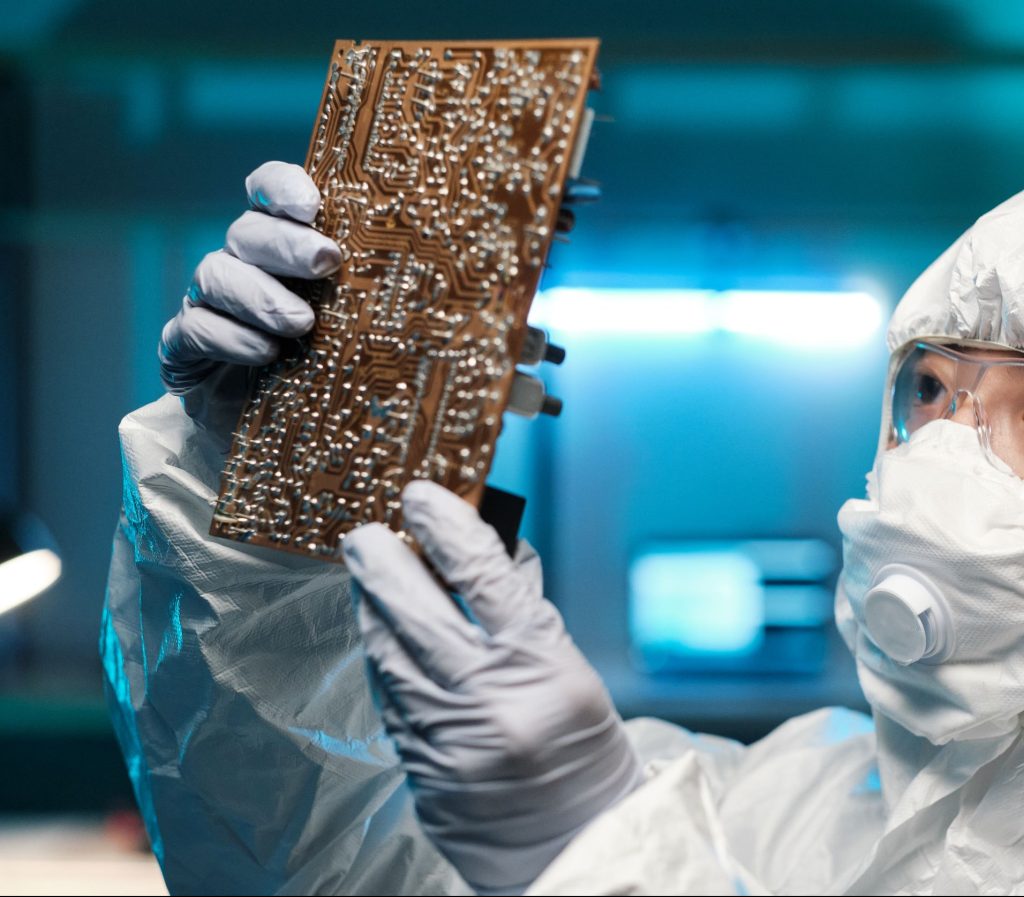PV in Mobility: Solar powered cars
The aim of the PV in Mobility project was to further explore the possibilities for solar photovoltaics (PV) in the future electric transportation sector. As the transportation transition from fossil fuels to a largely electrified sector takes place, it is expected to increase demand for electricity on the grid in the Netherlands by as much as 20%. To achieve the climate goals, the supply of this electricity must therefore come from renewable and sustainable energy sources.
It is expected that by 2025 there will be more than 50 million electric vehicles running on sustainable electricity. Together with other parties, TNO has developed software models that show that many new developments are possible by installing solar cells and solar modules on vehicles:
- driving a car up to 20,000 km per year on solar energy in sunny locations
- 150 to 200 euros in direct savings on electricity costs per year
- the possibility of not having to charge the car in the summer
- reduction of CO2 emissions by 250 kilos per year
- 23 to 40% fewer plug-ins at charging stations
- cars as a smart and integrated part of the electricity grid and the distribution network
One of the first commercial solar cars is the Lightyear 2. This self-charging car, which will be on the market in 2025, is made with our technologies. The Lightyear 0, formerly Lightyear One, was also based on this TNO innovation.
Andere relevante publicaties
Re-use of soundbars
How feasible is it to give soundbars a second life? Commissioned by Stichting OPEN, Second Use investigated the re-use potential of four soundbar models, revealing insights into repairability, consumer interest, and key barriers.
Re-use van soundbars
Hoe haalbaar is het om soundbars een tweede leven te geven? In opdracht van Stichting OPEN onderzocht Second Use de potentie van re-use bij vier modellen soundbars – met inzichten over reparatiemogelijkheden, consumentengedrag en belemmeringen.
Re-use of cordless vacuum cleaners
The re-use of cordless vacuum cleaners presents interesting opportunities, but battery replacement costs pose a significant challenge. This study, conducted by Second Use on behalf of Stichting OPEN, examines the feasibility of refurbishment and identifies key improvements to extend the lifespan of these appliances.
 Read more here!
Read more here!

